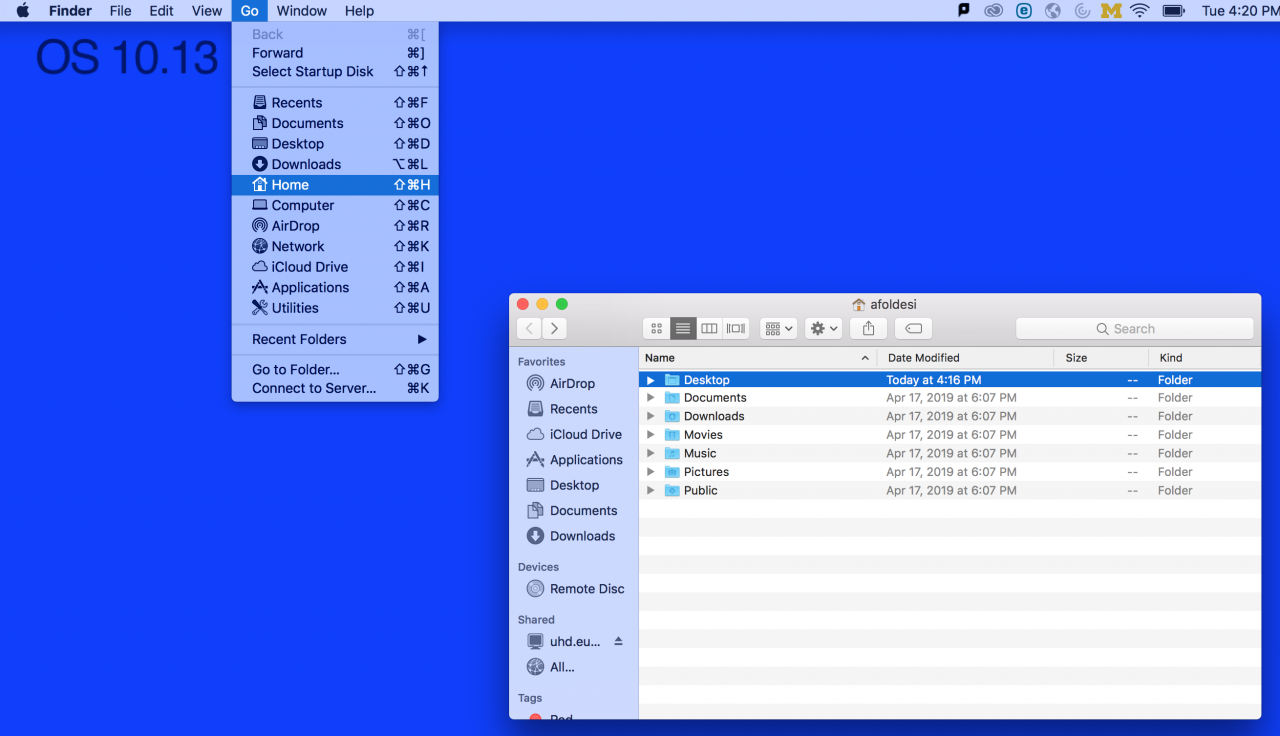When you receive a new MiWorkspace computer, Neighborhood IT staff will move the data on your current computer to your new computer on your scheduled delivery date. Learn more about the computer replacement process.
Depending on how much data you have, transferring your data to your new computer may take a couple of hours. You do not need to be present for the entire time of the data transfer, and you will receive a loaner computer during this time.
IMPORTANT Follow the steps below to make sure your data is stored in the correct location for it to be transferred to your new computer. This reduces the risk of losing data and makes your data transfer appointment easier. Your previous computer and data will be retained for two weeks after your data is transferred to your new computer, in case some data does not transfer. Contact the ITS Service Center immediately if you discover data that was stored in an unexpected location and did not transfer. After two weeks, data on your old computer may not be recoverable.
- Delete unwanted files (optional)
Reduce the time required to transfer your data to your new computer by deleting unwanted files and emptying your trash bin.
-
Confirm data on your computer is stored in your User Folder
Only data stored in your User Folder and its subfolders will be transferred to your new computer. The User Folder is the primary location for files stored on your computer’s hard drive. If all of your data is stored in your User Folder and subfolders, then your data is ready to transfer.
User Folders
-
Windows: C:\Users\uniqname
Usually includes the following subfolders: Contacts, Desktop, Documents, Downloads, Favorites, Links, Music, Pictures, Saved Games, Searches, Videos, and more. Other folders you may have added in your User Folder will also be transferred to your new computer.
-
Mac: Go Menu/Home/uniqname
Usually includes the following subfolders: Desktop, Documents, Downloads, Movies, Music, Pictures, Public. Other folders you may have added in your User Folder will also be transferred to your new computer.

- Move data on your computer to your User Folder or cloud storage
If you have data outside your User Folder, move it to your User Folder or to a network location like your Home Directory (or U: Drive) or to cloud storage (U-M Dropbox or Google Drive). See the Safe Computing site for information on permitted data types for cloud storage.
